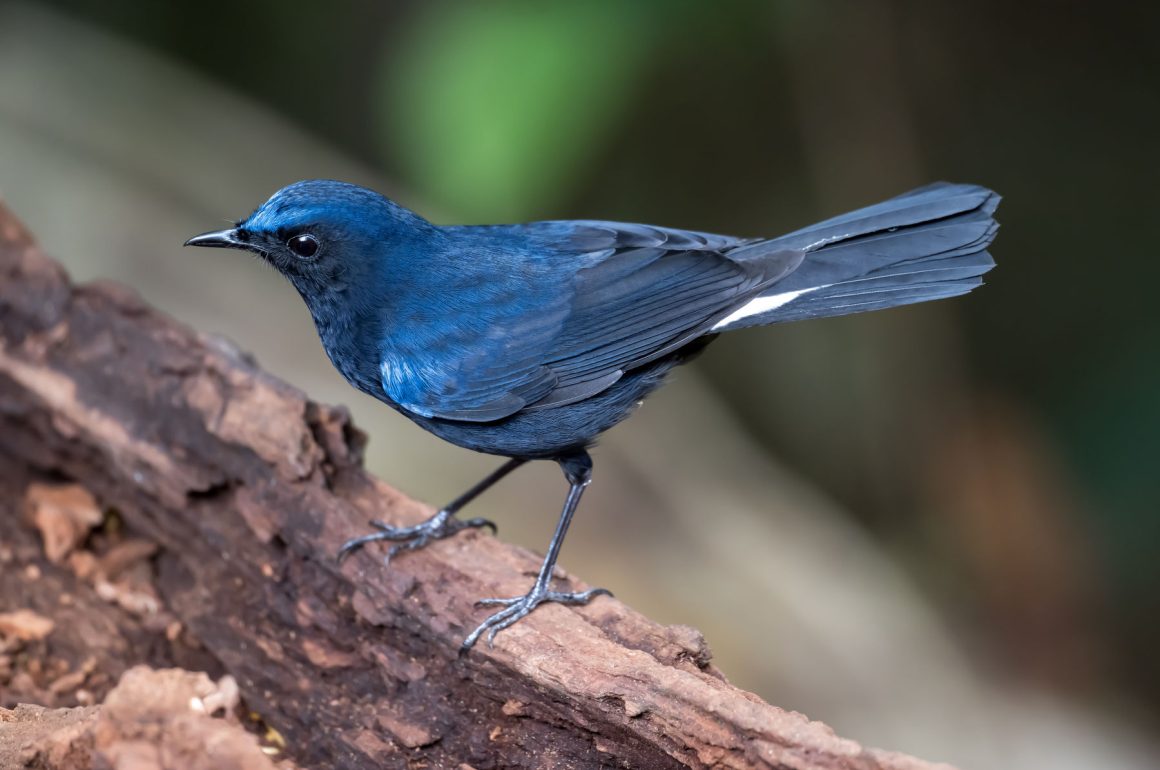
I have a strong suspicion that the person who named the Collared Laughingthrush only had a black-and-white photo available when deciding on the name.
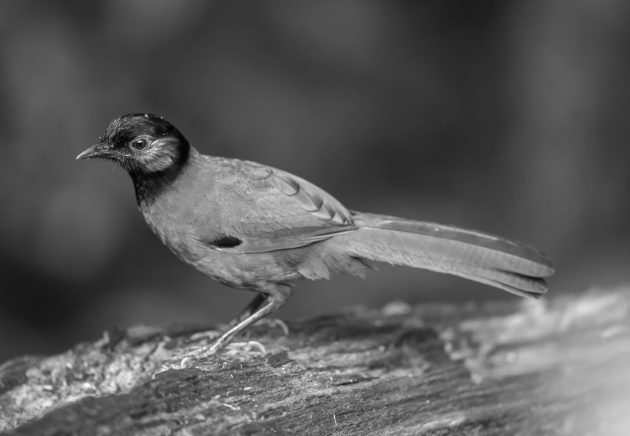
Otherwise, why focus on the (not even very distinctive) collar in such a colorful bird?
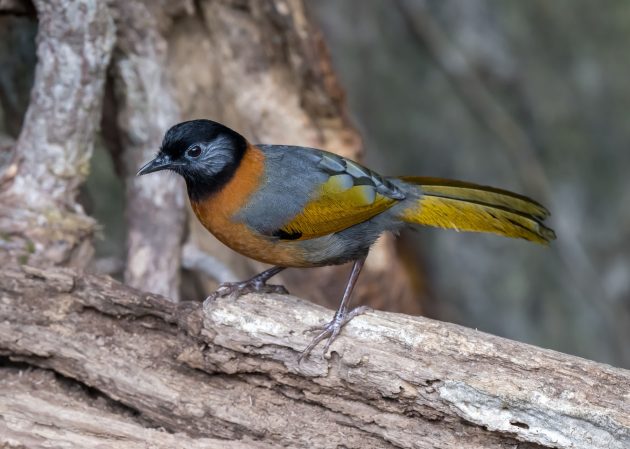
Not for nothing, eBird calls it a “Halloween-themed Laughingthrush: decked out in black, gray, and orange”.
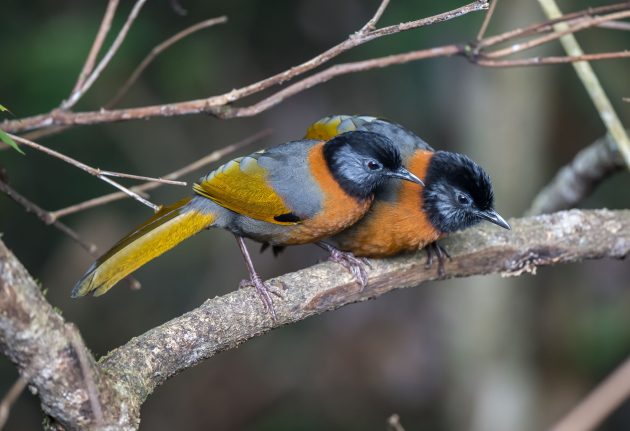
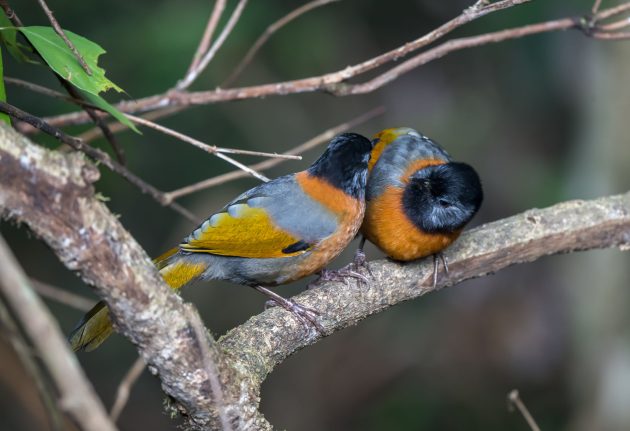
eBird has another interesting remark: “Bizarrely reminiscent in patterning of much smaller Silver-eared Mesia and Golden-breasted Fulvetta” – see for yourself (mesia and fulvetta photos taken in China).
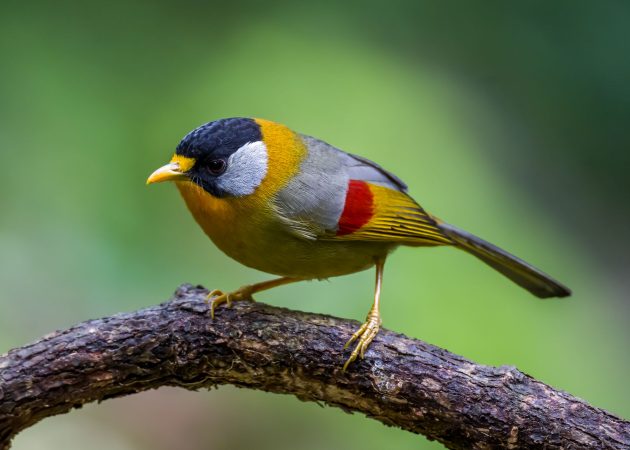
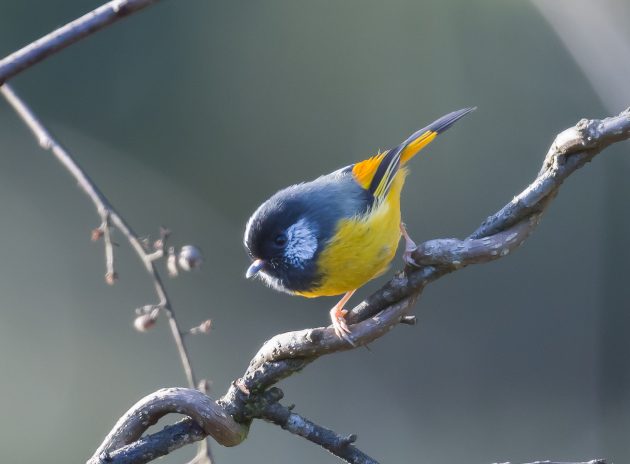
The Collared Laughingthrush is listed as Endangered – its range on the HBW distribution map looks frightfully small.
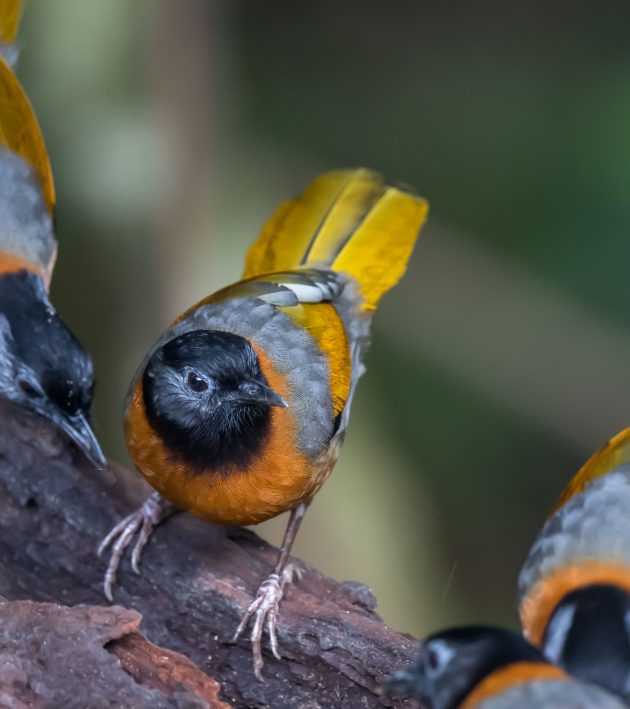
Or to cite the HBW directly: “Population estimated at 2500–9999 individuals and decreasing; occupied range estimated as being merely 720 km²”. That is about the size of Singapore.
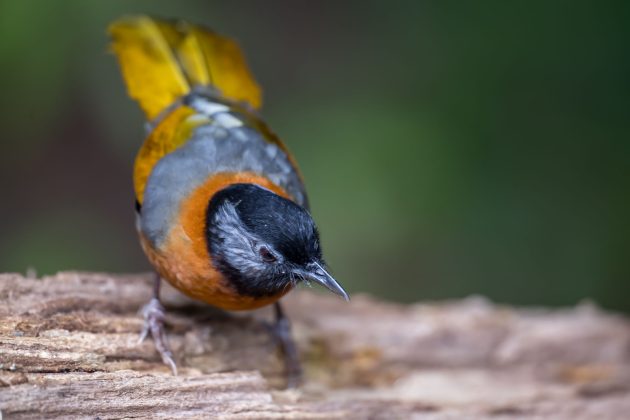
A paper on its status has many rather depressing photos illustrating the destruction of its habitat (and that of the Grey-crowned Crocias – see below).
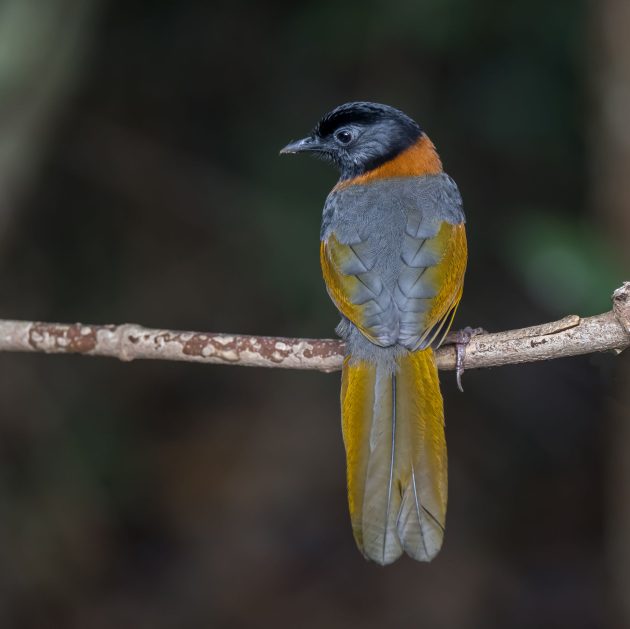
As with many birds in this area, its scientific name Trochalopteron yersini is derived from a French colonialist – Dr Alexandre Émile John Yersin (1863-1943), a Swiss-French bacteriologist and a Director of the Pasteur Institute in French Indochina.
He may be happier with giving a name to this bird than with another organism bearing his name. The bacillus responsible for the bubonic plague, which he co-discovered, was later named Yersinia pestis.
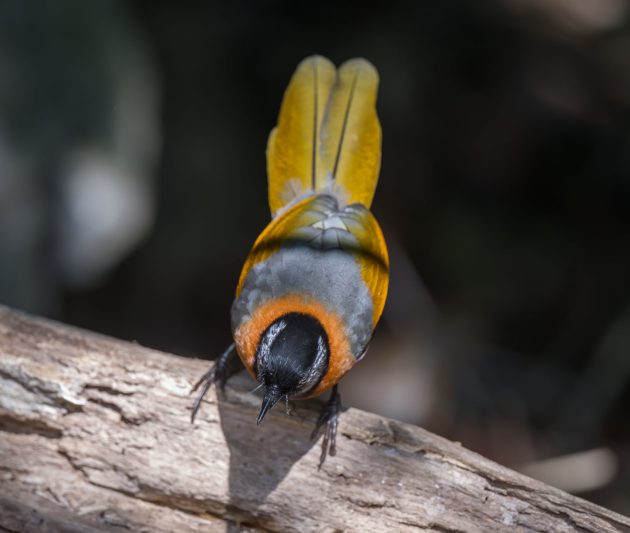
The Black-hooded Laughingthrush is another laughingthrush with a scientific name (Garrulax milleti) derived from a French colonialist – in this case, Fernand Victor Millet (1878-1946), the French Superintendent of Forests in Langbian Province, Annam, and a big-game hunter.
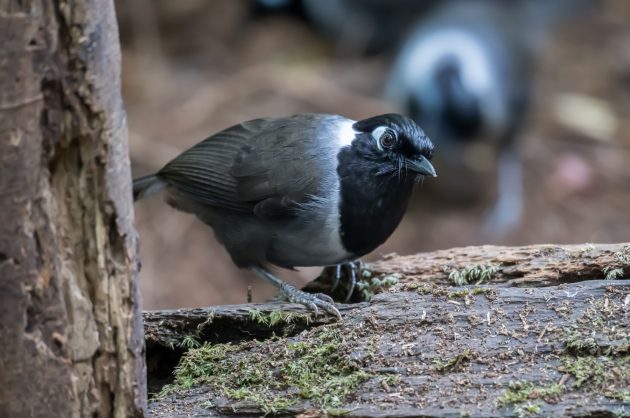
This sounds a bit thin to merit having a species named after him – and I am not particularly fond of hunters. If you are an elderly male with a desire to show off your masculinity, just buy an overpriced sports car, don’t kill animals.
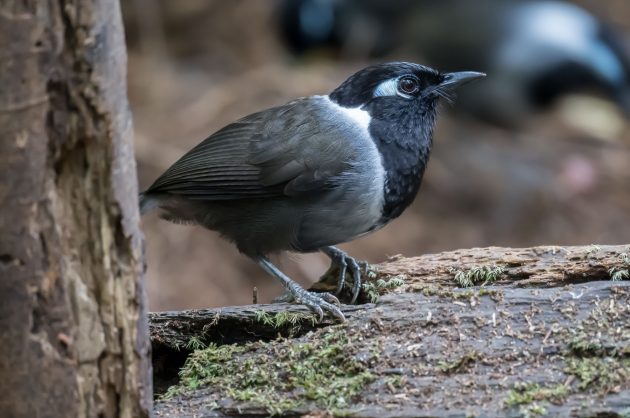
Either way, laughingthrushes will laugh at you, not with you.
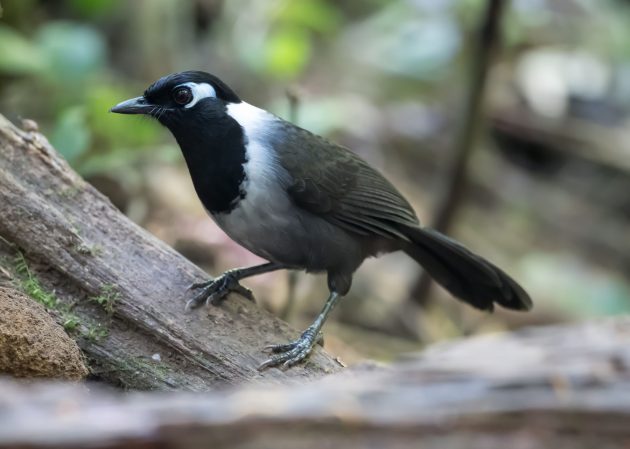
I don’t quite get the rationale behind eBird describing the Black-hooded Laughingthrush as unique-looking. To me, it does not look that much different from the White-cheeked Laughingthrush featured next.
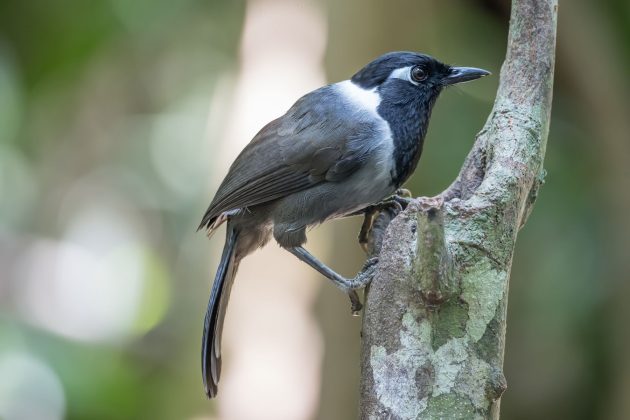
And now for something completely different (Monty Python) – not really: the White-cheeked Laughingthrush.
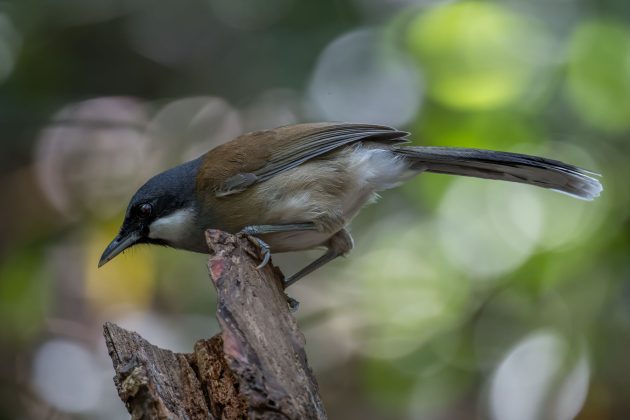
You may have guessed where its scientific name Pterorhinus vassali is derived from.
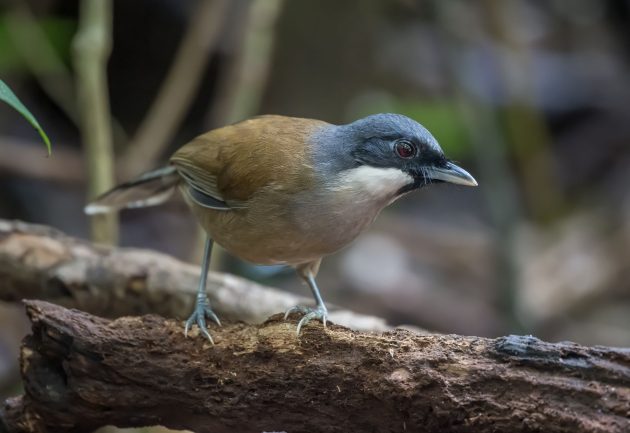
Joseph Marguerite Jean-Baptiste Vassal (1867-1957) was a French surgeon, a researcher at the Pasteur Institute in Indochina, and a Director of Health in French Equatorial Africa.
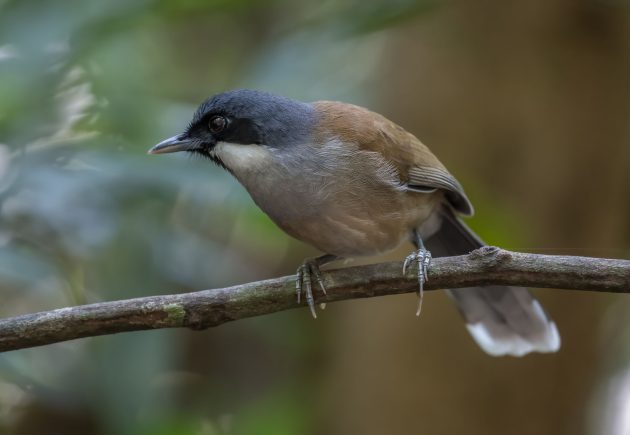
If Wikipedia entries are any indication, he was later overshadowed by his British wife Gabrielle Maud Vassal, who collected many specimens, then entered the French Resistance in WW2, helping downed airmen escape, and later became known as a photographer, author, and public speaker.
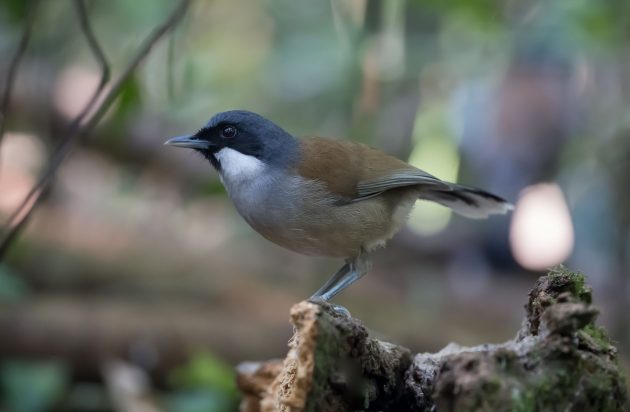
The Dark-sided Thrush is easy to see in some Dalat blinds, so it came as a surprise to me to hear that it is apparently a very difficult bird to see elsewhere.
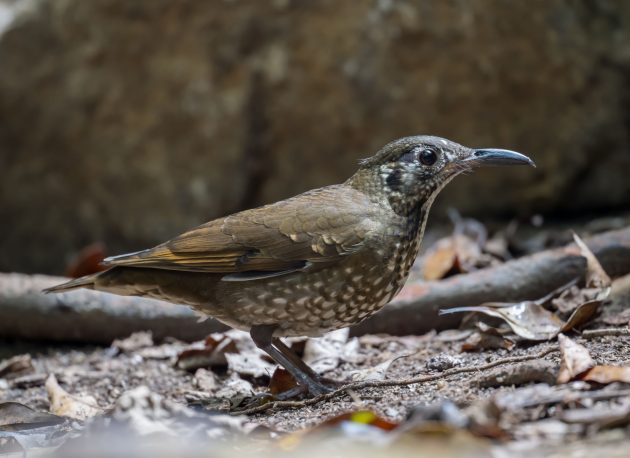
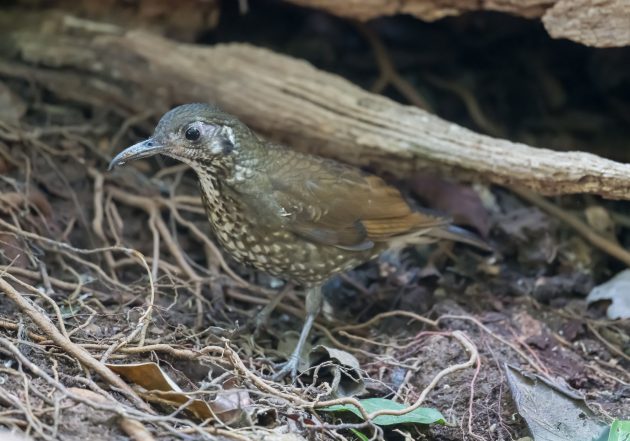
As always, NepalDesk is good for an overblown characterization of the species: “Dark-sided Thrush: The Melodious Twilight Dancer”.
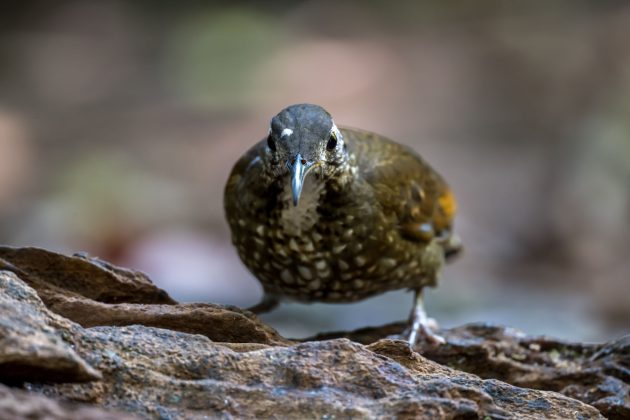
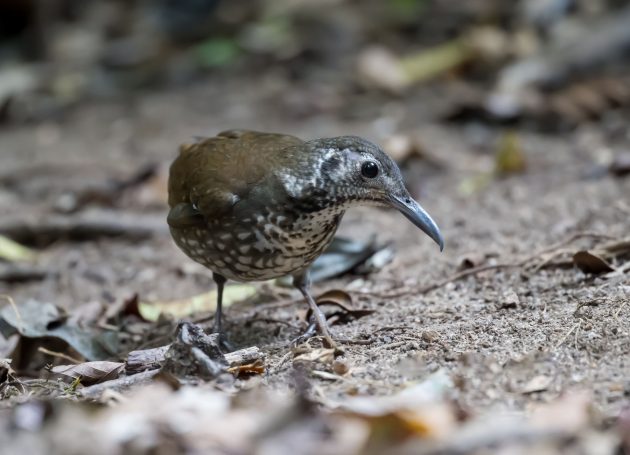
In reality, tossing items around on the ground in search of food, it has the grumpy yet efficient look I probably have when cleaning up the trash of previous occupiers in a bird hide.
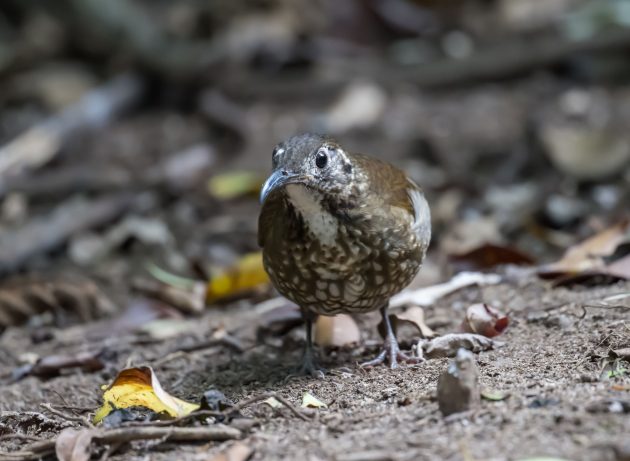
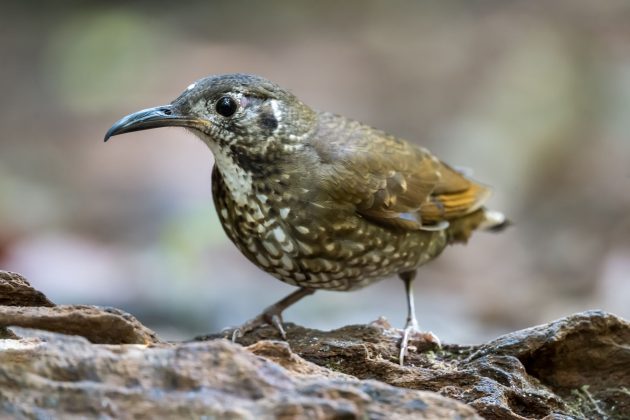
eBird remarks on the unusually long bill of the bird – and indeed, the Chinese name for the species translates as Long-billed Thrush.
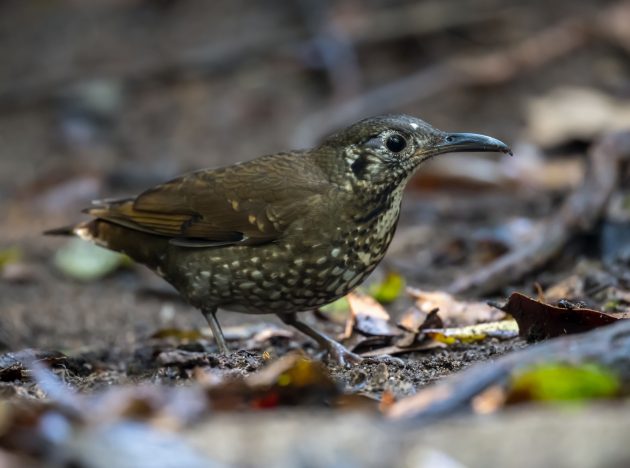
As the Siberian Thrush passes through Shanghai during migration, there is probably nothing I can say about the species that I have not said in previous Shanghai posts.
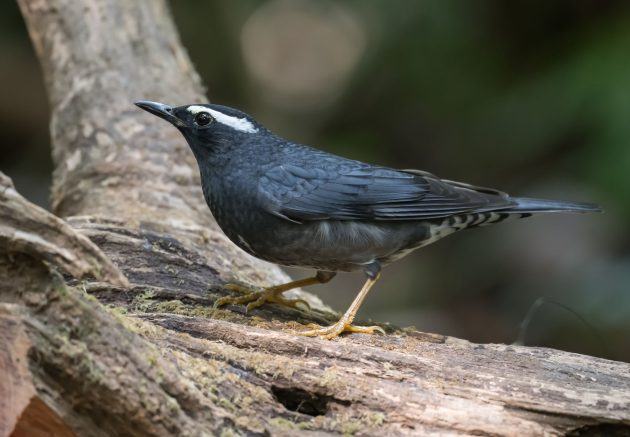
Still, it is not a bird I mind seeing again and again. So stylish.
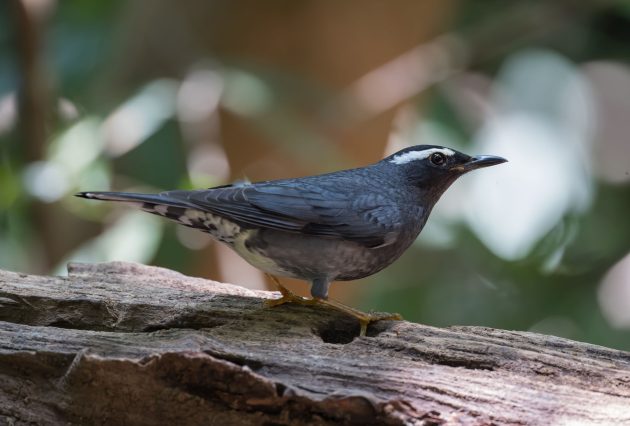
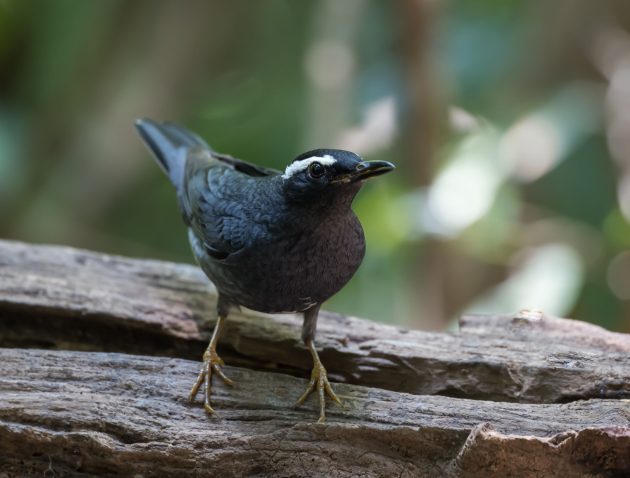
The situation is similar with the Orange-headed Thrush – a very attractive species …
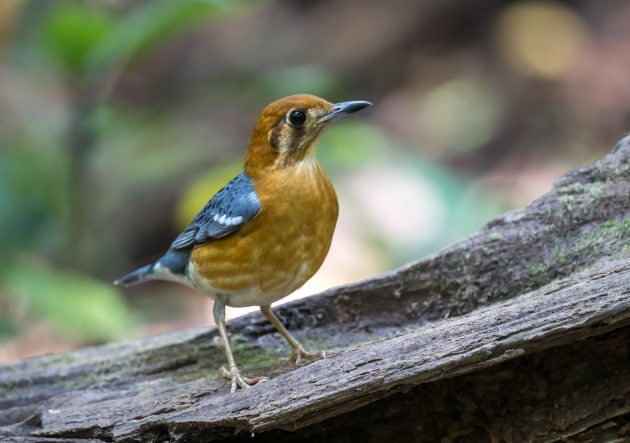
… but I just wrote about it in one of my Di Linh posts (which hopefully will be published before this one, if I do not mess things up).
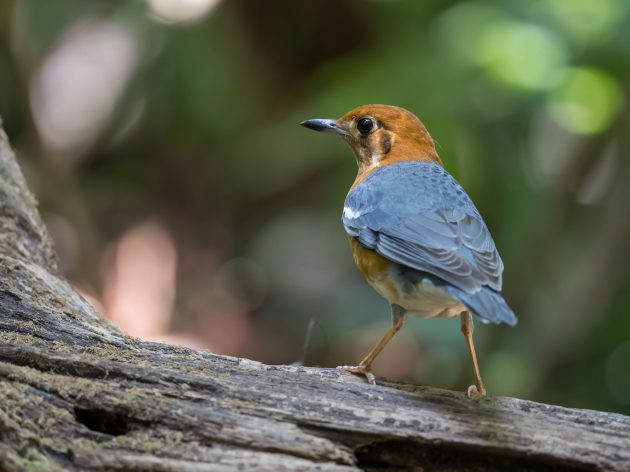
It seems that the people running the “Avifauna of Hong Kong” site do not care much for cuteness – why else would they describe the Lesser Shortwing as a “fairly nondescript, small, brown babbler”?
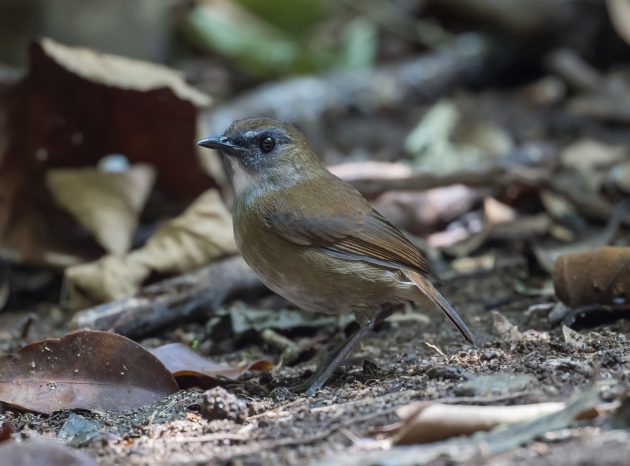
It is also surprising that both eBird and the HBW state that males and females look similar – while at the same time, the photos and illustrations look quite different (and that is coming from somebody who usually really is not very good at distinguishing between similar-looking birds).
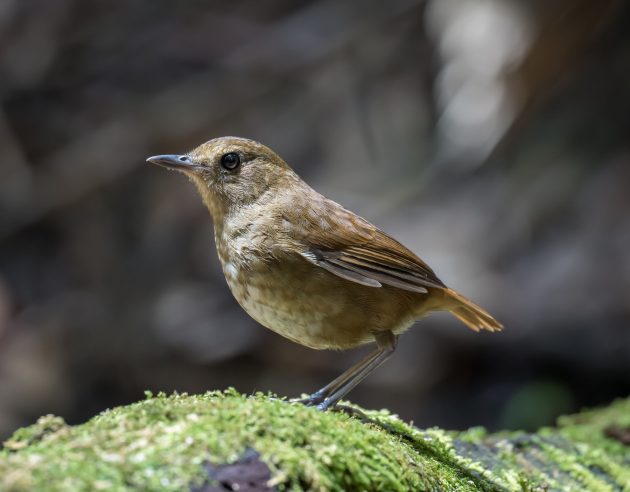
In the photo below, you can see a justification for the scientific name Brachypteryx leucophris (leucophris means white-browed).
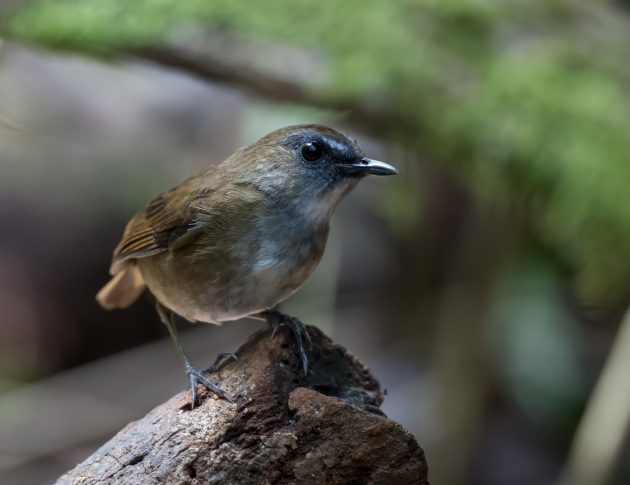
In a paper on the online market for songbirds, the mean price for a Lesser Shortwing is indicated to be USD 14.
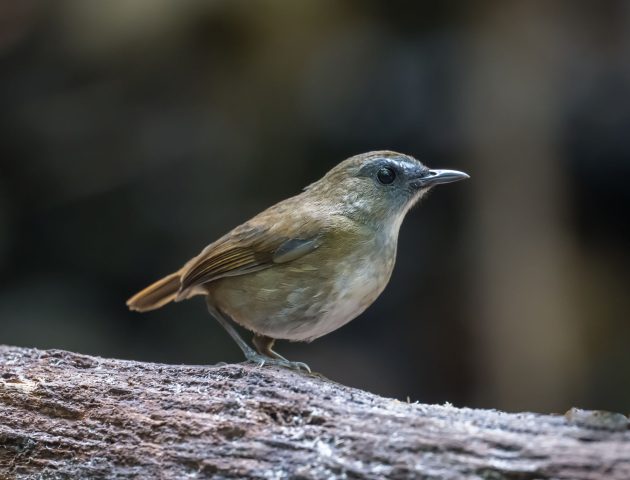
Fortunately for the Lesser Shortwing, it is only listed as number 88 in the species ranking for sale within the research period – still, that means 163 poor birds of this species were for sale.
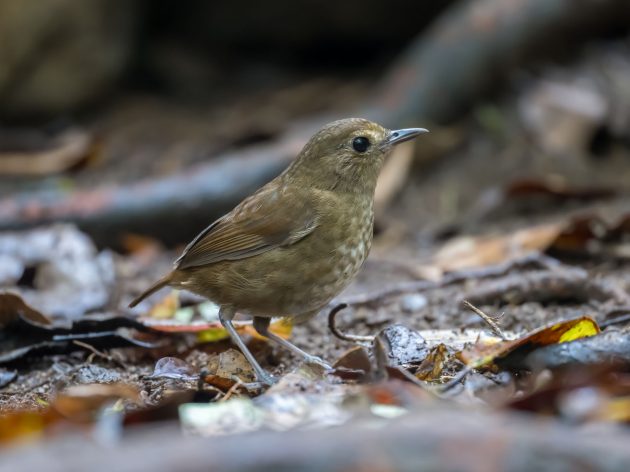
eBird describes the Grey-crowned Crocias as resembling “a three-way cross of a shrike, a sibia, and a laughingthrush”.
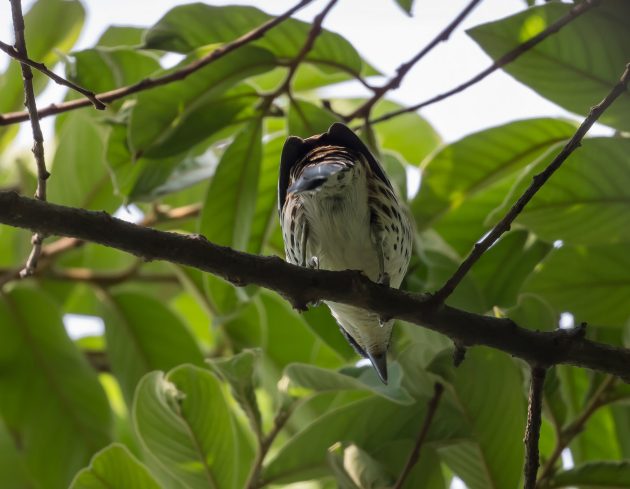
The Grey-crowned Crocias is listed as Endangered – its range is indeed very restricted.
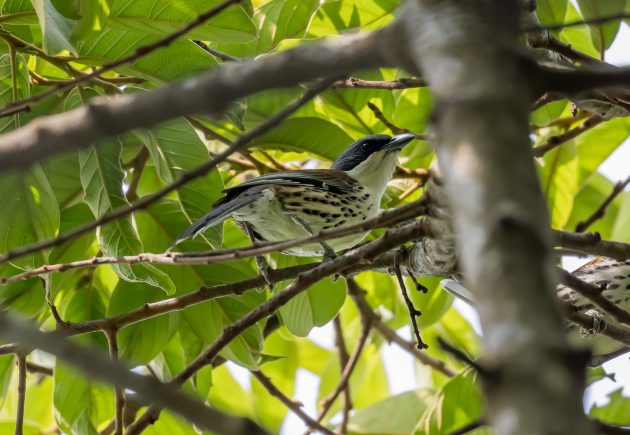
In fact, for a long time, it was only known from four specimens before being rediscovered in 1995 (source).
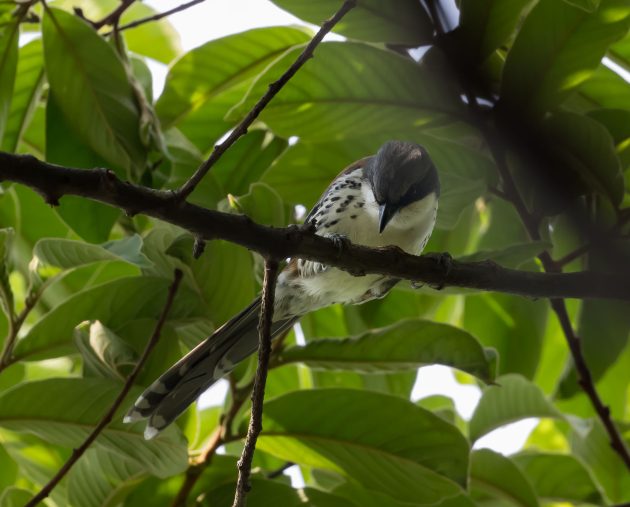
The reasons for the status are depressingly familiar – destruction and degradation of its montane evergreen forest habitat (source).
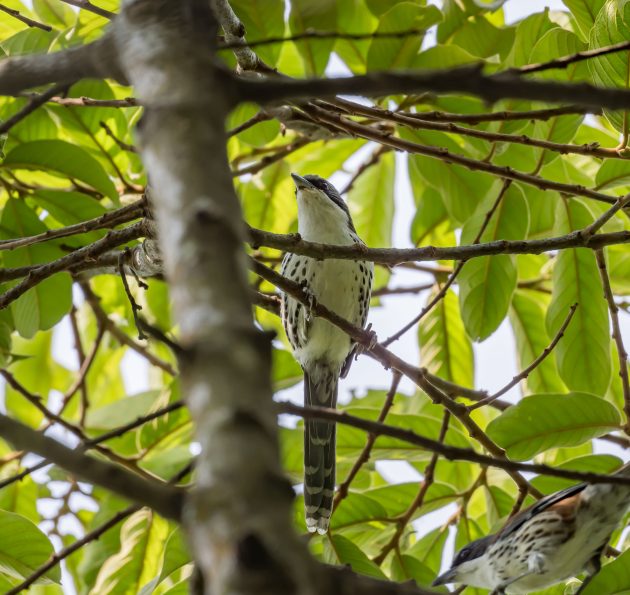
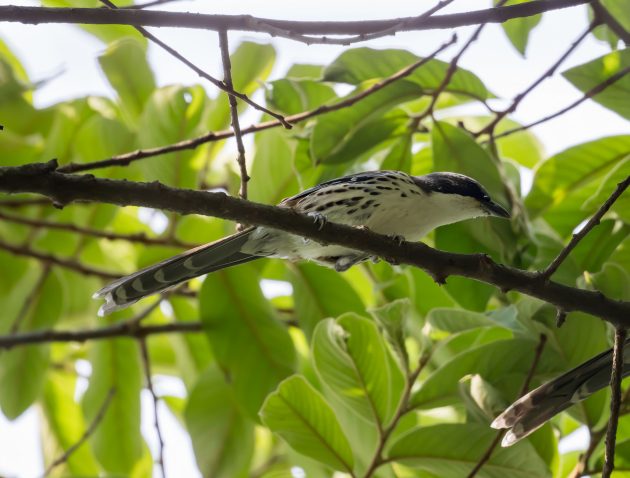
The website of Linda Hall Library has a page on Elizabeth Gould, the namesake of Ms. Gould’s Sunbird.
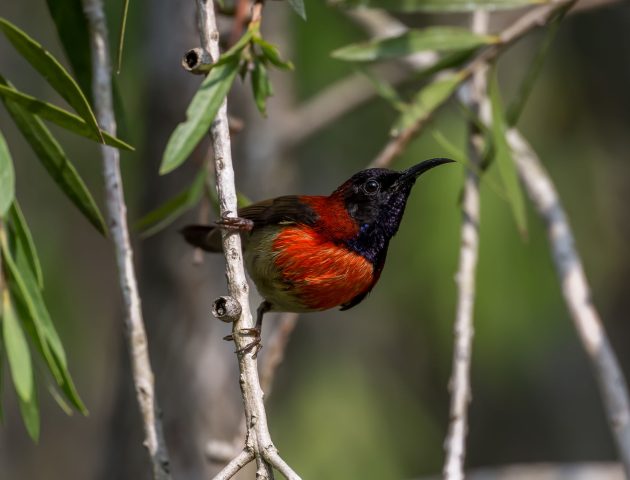
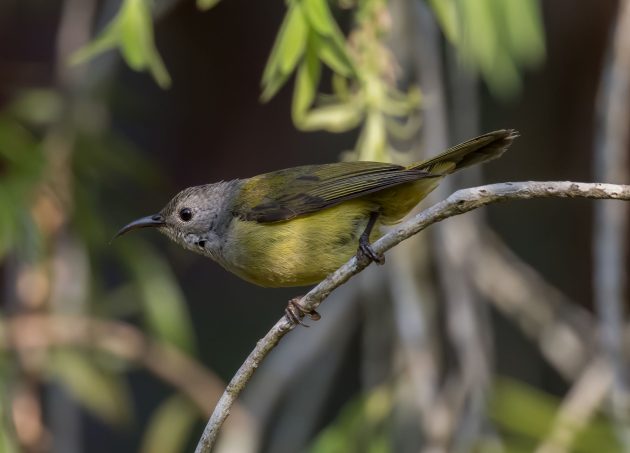
Here is a direct link to her drawing of Ms. Gould’s Sunbird.
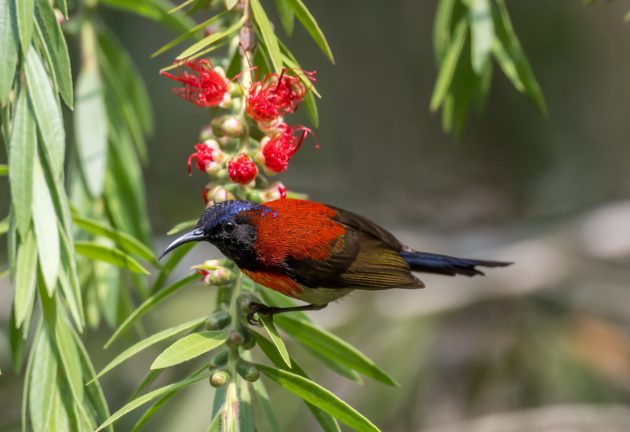
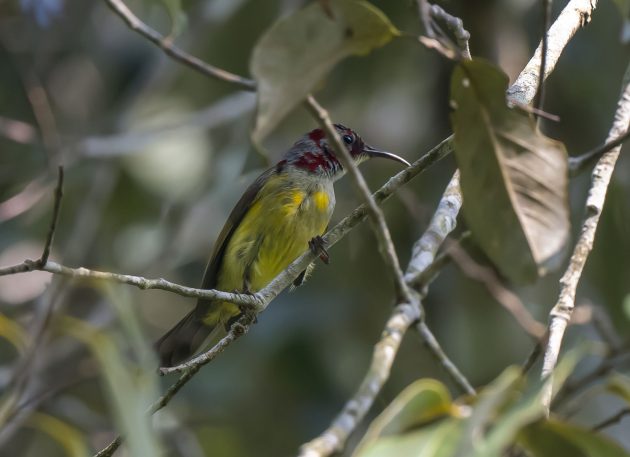
For much more information on her, read Donna’s recent review of the book “Birds of the World: The Art of Elizabeth Gould”.
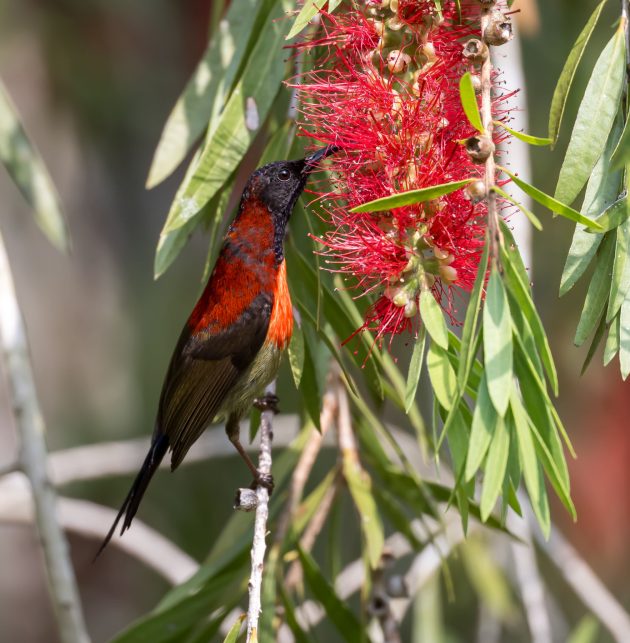
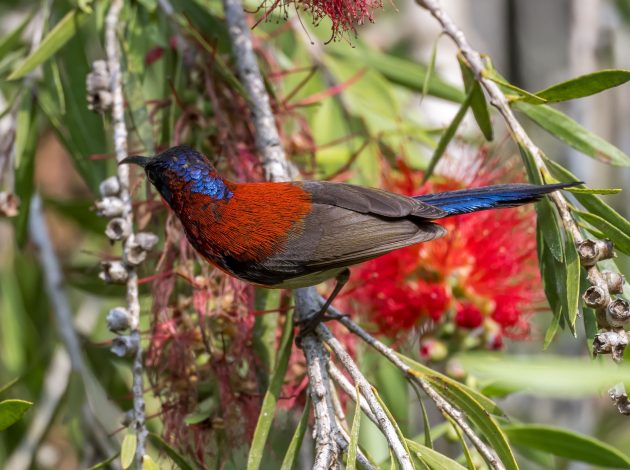
I must confess I was kind of hoping for my friends from NepalDesk to write about the bird so I could make fun of them (“Ms. Gould’s Sunbird: Shiny Jewel Of The Forest”?), but unfortunately, they ignore the species even though it can be found in Nepal.
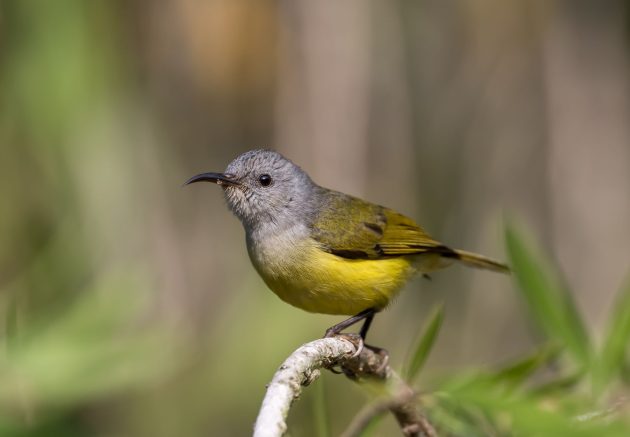
If you are thinking of canceling your Spotify subscription and getting a White-tailed Robin instead, better think again.
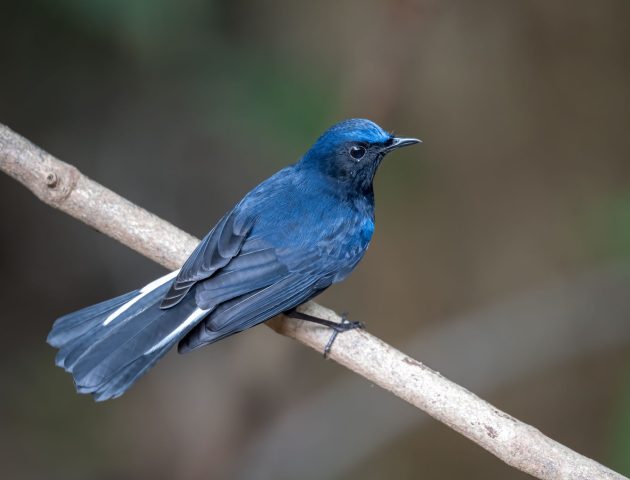
The males have a repertoire of 5-28 song types (source), so if you pick the wrong robin, the music selection available to you will not be any bigger than that of a department store around Christmas.
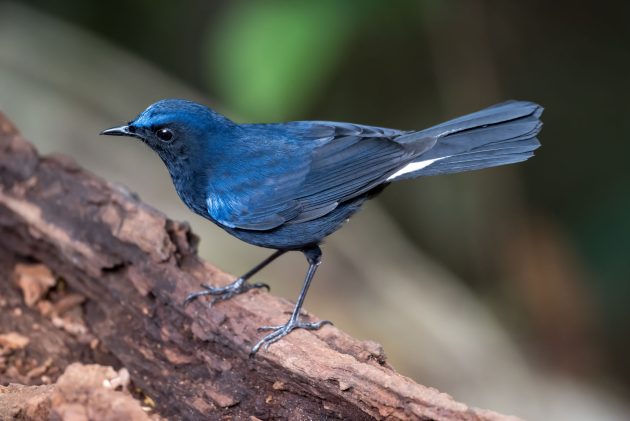
The female is described as “brown and rather nondescript”, which seems a bit unfair.
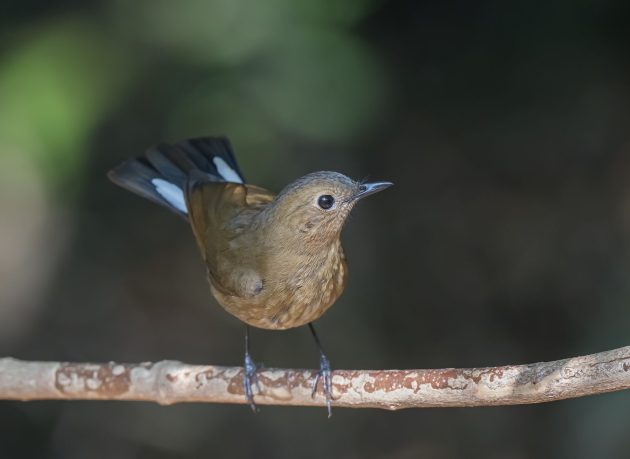
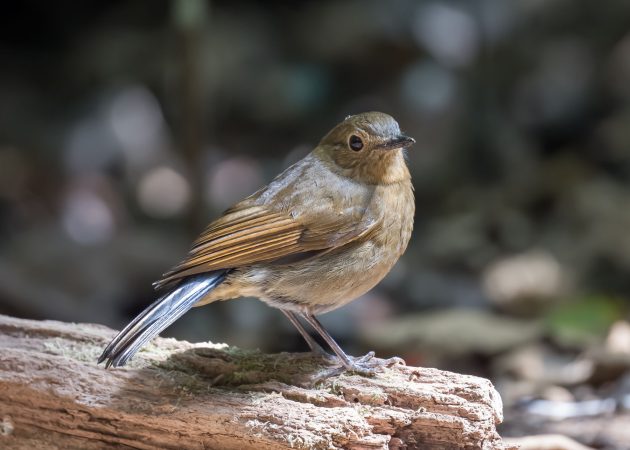
Bulbuls are still going strong at Dalat, though compared to the lowlands, some species are a bit more montane: Mountain Bulbul …
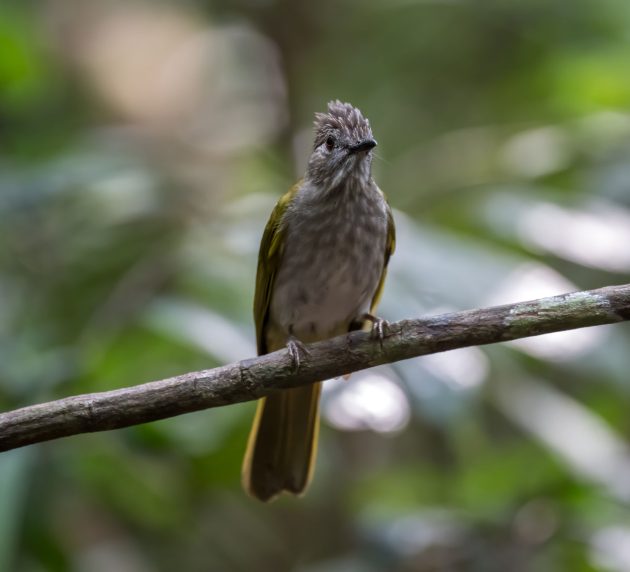
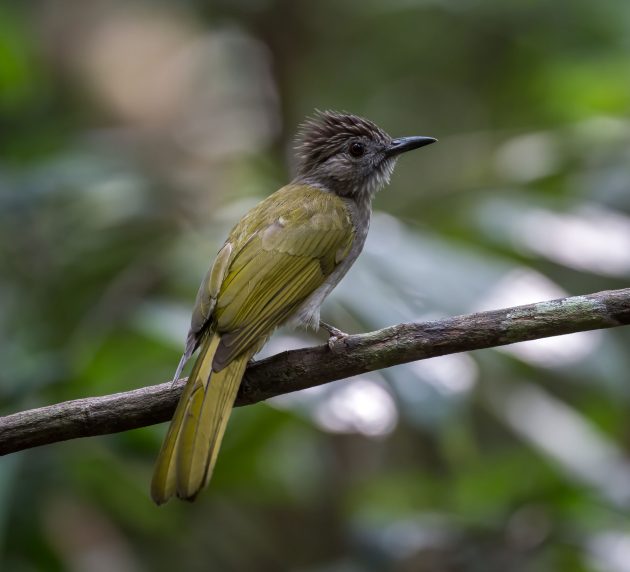
… Black Bulbul …
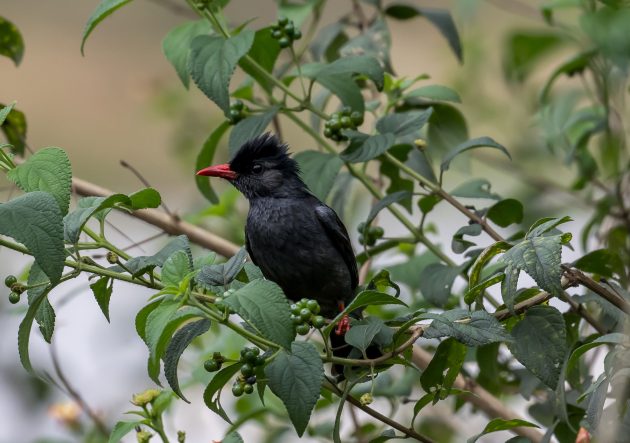
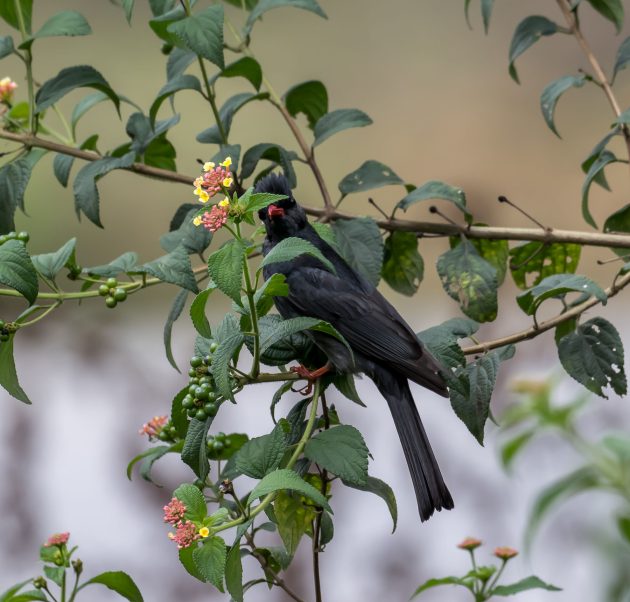
… Flavescent Bulbul …
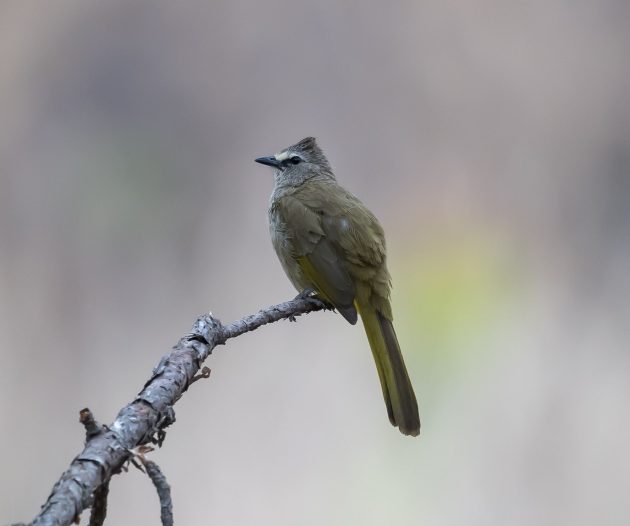
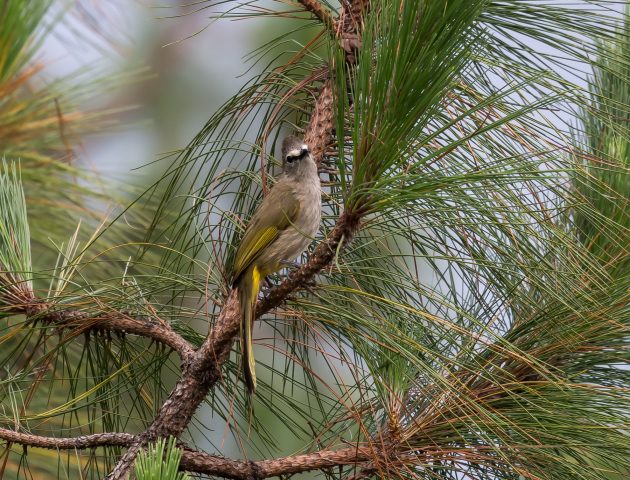
… and Sooty-headed Bulbul.

The Hill Prinia is a rather attractive species – for a prinia (The White Stripes: “You’re pretty good looking (for a girl)“).
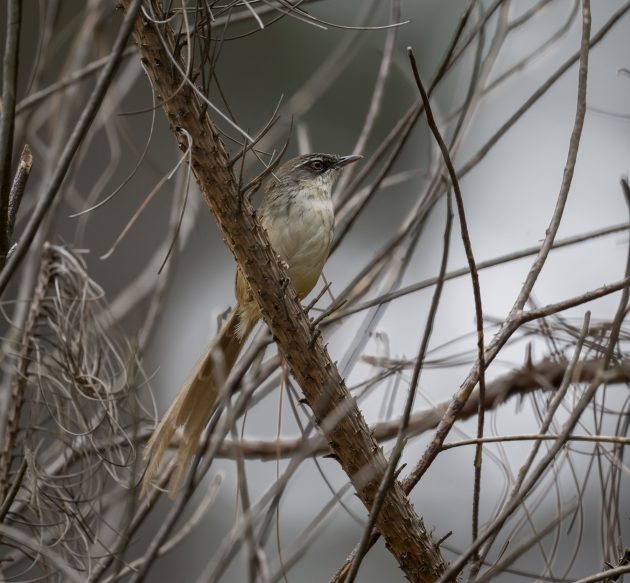
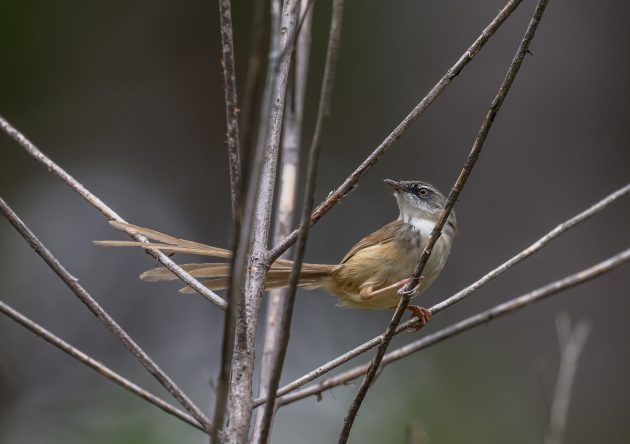
I recommend not looking at the photos in a research paper titled “A Pathological Report on Rupture of Crop Associated with Parasitism in a Hill Prinia (Prinia superciliaris)” – at least not right after a meal.
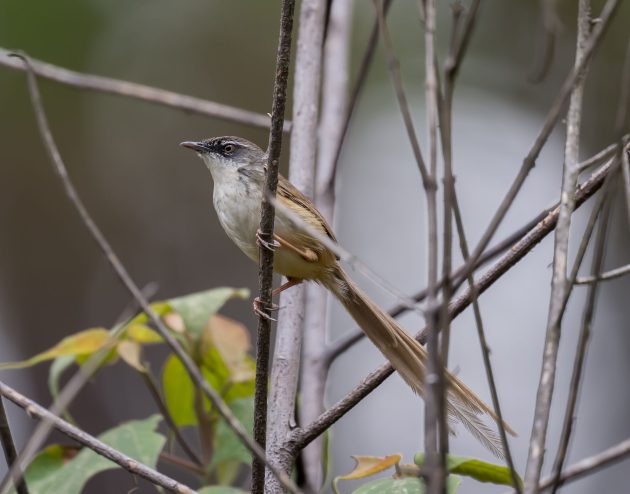
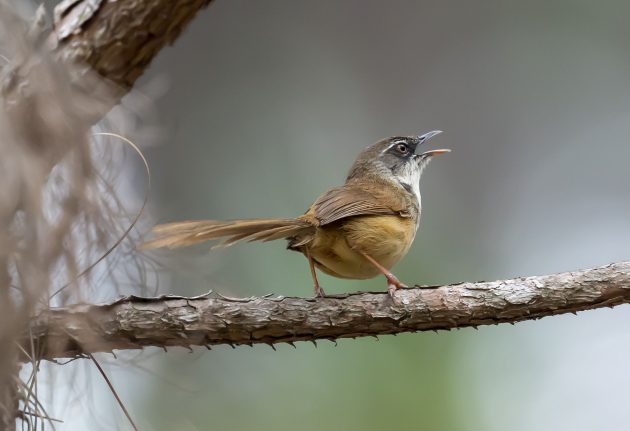
As probably mentioned in other Vietnam posts before, many Siberian Blue Robins seen here look relatively crappy. I guess they can afford to as they do not breed here.
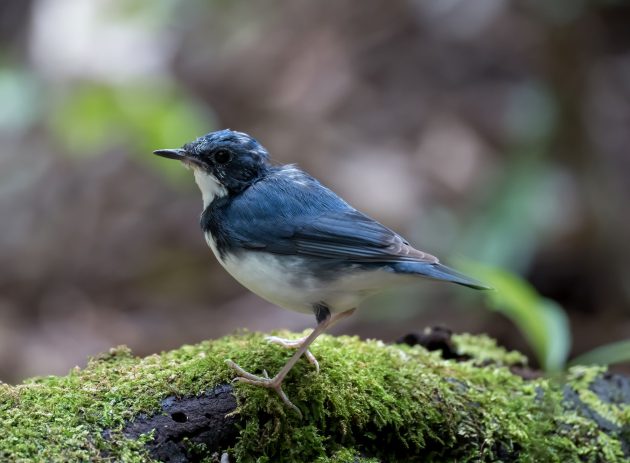
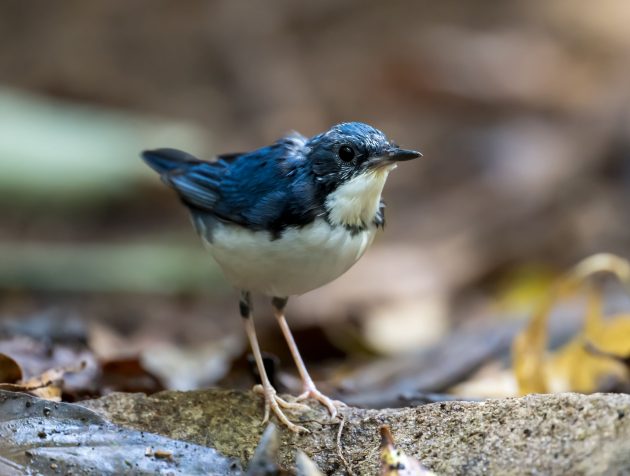
All I can say about this one is that it is a leaf warbler (Phylloscopus leafwarblerosus).
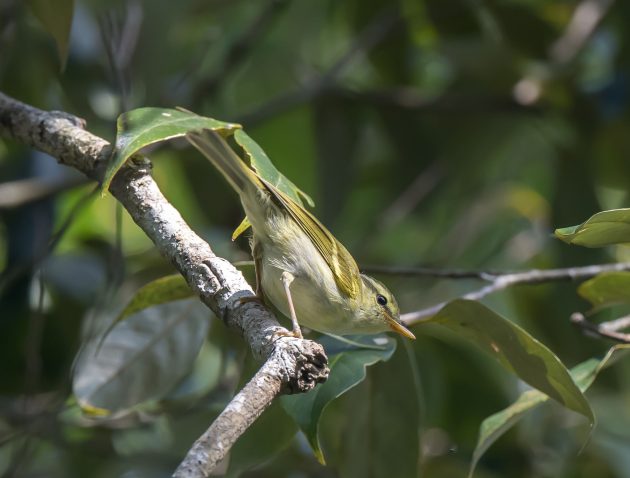
When Blue-winged Minlas have their annual convention, the attendants from South Vietnam (subspecies Actinodura cyanouroptera orientalis) often get bullied for not having blue wings. This needs to stop.
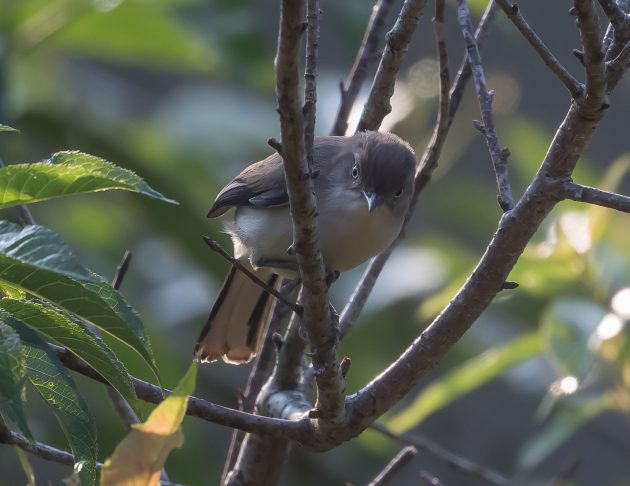
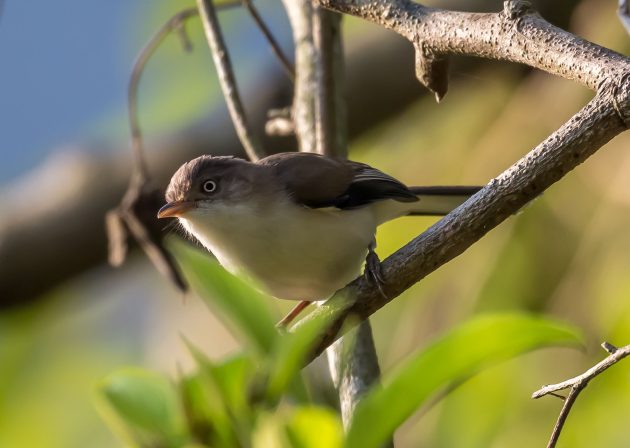







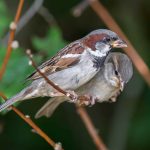
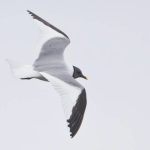
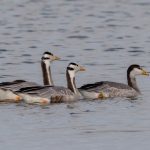

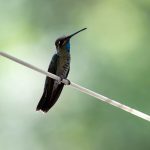

The Dark-sided Thrush was too easy for a Star Wars joke? It feels like an omission, Kai. More seriously, every one of your posts makes me want to see laughingthrushes.